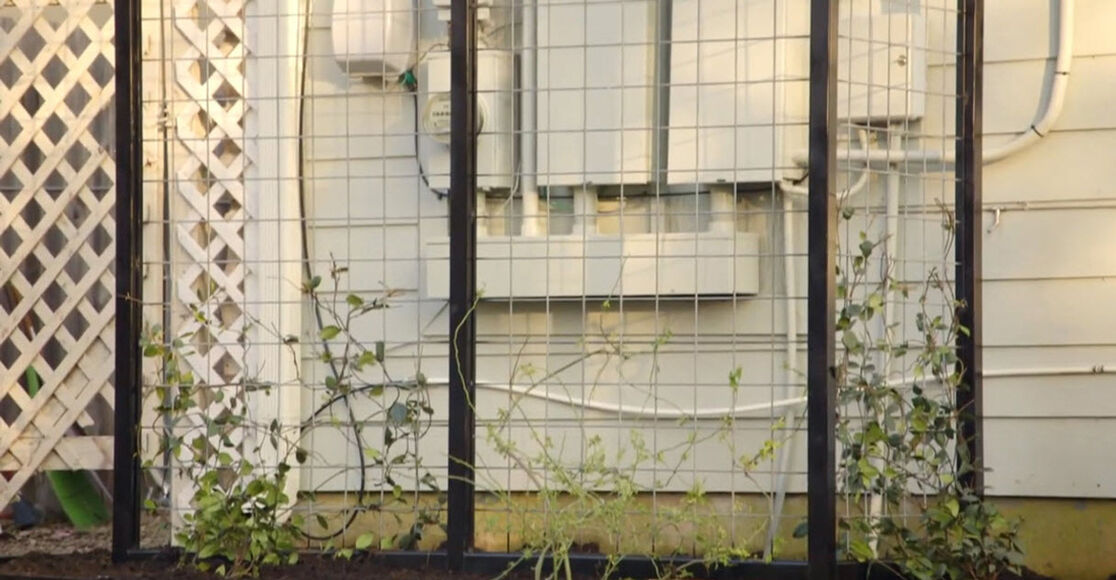Garden lattice is one of the most underutilized design tools in the yard. It can be purely an architectural element, but once you use it as a support for climbing plants, it becomes a trellis. The endless combinations of lattice and climbing plants give you a lot of options to customize the perfect trellis for your yard.
Beyond supporting vines or climbing plants, a trellis gives you the option to create a privacy barrier or to hide unsightly things in your yard. For example, a trellis can be used to hide electrical boxes, air conditioning units and more. And by planting growing vines on them, such as star jasmine, you create a decorative wall of greenery in the process. Follow these suggestions and DIY steps to start the perfect trellis for your yard.
Instructions
Step 1:
Choose the decorative climbing plant you would like to use. It's a good idea to pick a plant before selecting a lattice type, as different plants require different trellis constructions.
- Decide whether you want an evergreen plant, which will stay green year-round, or a seasonal blooming plant.
- Consider how big the plant will get. For example, wisteria, grapes and some roses get quite heavy and need a sturdier lattice type.
- Lighter plants include nasturtiums, morning glories, sweet peas and black-eyed Susan vines.
- Also, know how your plant will climb. Some have natural twining vines, while others will need to be secured.
Step 2:
Next, choose a lattice style you like, but will also support the type of climbing plant you've selected. The main types of lattice are flat, edge, basic panel, spindle, wall and framed screen.
- Flat and basic panel lattice are usually thin, and unable to support substantial plants. They also come in a variety of decorative patterns.
- Edge, spindle and wall lattice are more durable than flat and basic panel lattice and are ideal for plant support.
- Framed screens blend durability with artistic looks. They often feature interesting patterns and have a durable frame, giving more support to heavier plants.
Step 3:
Install your trellis. This step will vary greatly based on the type of lattice and climbing plant you choose. A more substantial trellis may require that you pour concrete footers for long-term stability, whereas lighter lattice and plants, such as basic panel lattice, may simply be attached to an existing structure.
Step 4:
Plant your climbing plant. Start by setting the vine(s) below the trellis, keeping in mind how wide your plant can grow or how you plan to train it up the trellis. Then dig holes for the vines and plant them.
Step 5:
If you are using seedlings, use garden ties or zip ties to secure them to the bottom of the lattice. If you are using mature vines, separate the different vines and spread them out across the bottom of the lattice, then secure each vine in place, positioning them to grow upward.
Step 6:
As your vines grow, frequently check and train them to grow in the direction you want. One way to plan and guide your plants is by training them all the way up the trellis. Once they have reached the top, guide them back down. This will create a fuller appearance.
